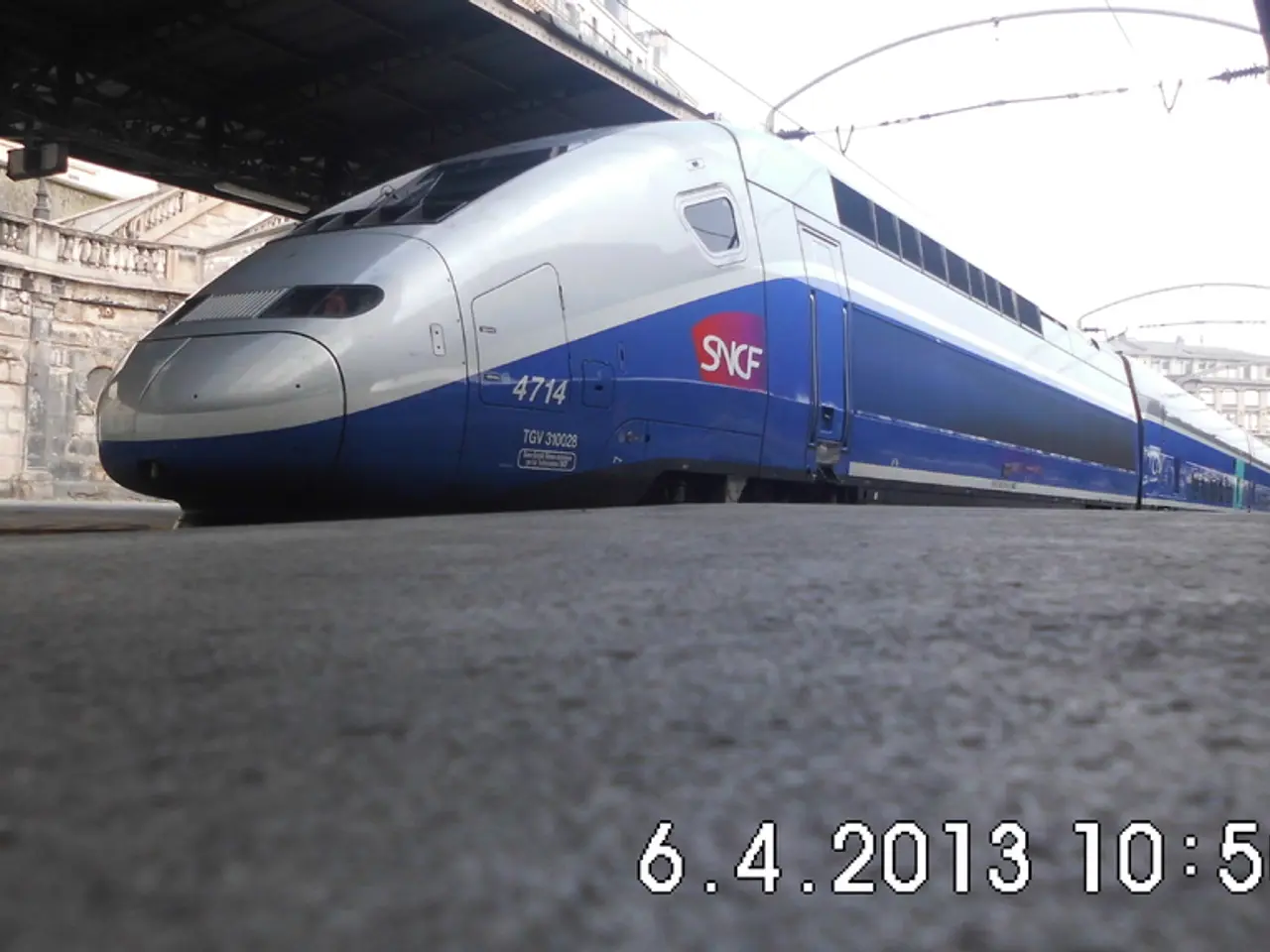Marketers are reviving conventional advertising strategies
In an unexpected turn of events, B2C marketers are returning to traditional media advertising in 2025, marking a strategic shift aimed at maximising impact. This trend, which sees traditional and digital retail advertising coalesce, is driven by a combination of factors related to effectiveness, audience reach, and the complementary nature of both mediums.
### Reasons for the Return to Traditional Media Advertising
The resurgence of traditional advertising methods can be attributed to several key factors. Local reach and the ability to target less digitally savvy audiences are among the primary reasons. Print media, such as newspapers, catalogues, direct mail, and coupons, are effective in reaching local customers and demographics often overlooked by purely digital campaigns [1].
Broadcast media, including TV and radio ads, remain popular among major retail chains during peak times, such as holidays, when consumer attention is high and broad reach through traditional channels is impactful [1]. In-store displays and signage, like endcaps, posters, and shelf-talkers, engage customers at the point of purchase, providing an unreplicated influence on shopper behaviour in physical retail environments [1]. Outdoor advertising near key locations, such as billboards and geofenced ads placed near competitor stores or malls, help capture consumer attention in situ, enhancing local brand visibility and competitive positioning [1].
### Benefits of the Shift Back to Traditional Media
The shift back to traditional media offers several benefits. Combining traditional media with digital efforts creates a more holistic marketing approach, addressing different customer touchpoints [1]. Traditional channels capture segments of the audience less frequenting digital platforms, helping brands maintain relevance and market share across diverse consumer groups [1].
Physical media can enhance brand trust and recognition by offering a more tangible experience, which can be especially important in building emotional connections with local customers or older demographics [1]. Event and experience marketing, such as participation in local events, pop-ups, or sponsorships via traditional channels, fosters community engagement and direct interaction, helping brands stand out [1].
### Challenges Associated With This Shift
The shift back to traditional media is not without its challenges. Measurement and attribution are among the most significant hurdles, as traditional media typically lacks the precise tracking capabilities of digital channels, making it harder to quantitatively measure ROI and optimise campaigns in real time [1].
TV, radio, and print ads often require larger budgets and longer lead times compared to digital ads, posing barriers for smaller brands or agile marketers [1]. Audience fragmentation is another issue, as while traditional media reaches certain segments well, younger and digitally native consumers often engage more with digital content, requiring a carefully balanced media mix [1].
Seamlessly integrating traditional and digital media strategies demands robust planning and coordination to ensure consistent messaging and optimise overall campaign performance [1].
In summary, the return to traditional media by B2C marketers in 2025 reflects a pragmatic strategy to leverage the unique strengths of both traditional and digital channels. This approach broadens audience reach, enhances physical retail influence, and builds trust, while requiring thoughtful management of costs and measurement challenges for maximum effectiveness [1].
- The cost-per-performance ratio of traditional media is better than digital media, as the cost of the digital channel has increased and the benefits have declined. - Podcasts are increasingly popular, and listeners trust their podcast hosts, making podcasts an effective way of getting the brand in front of a captive audience. - Consumers have become accustomed to numerous advertisements online and pay less attention to them, feeling antagonistic towards brands that interrupt their digital experience. - Traditional B2B sales and marketing methods are becoming obsolete, with digital B2B purchases becoming more prevalent. - Traditional advertisements are seeing a resurgence, with more consumers paying relatively more attention to what is being displayed on TV, radio, and print mediums.
The cost-per-performance ratio of traditional media, such as TV, radio, and print, is better than digital media, as the cost of the digital channel has increased and the benefits have declined.
As podcasts become increasingly popular, listeners trust their podcast hosts, making podcasts an effective way of getting a brand in front of a captive audience.




